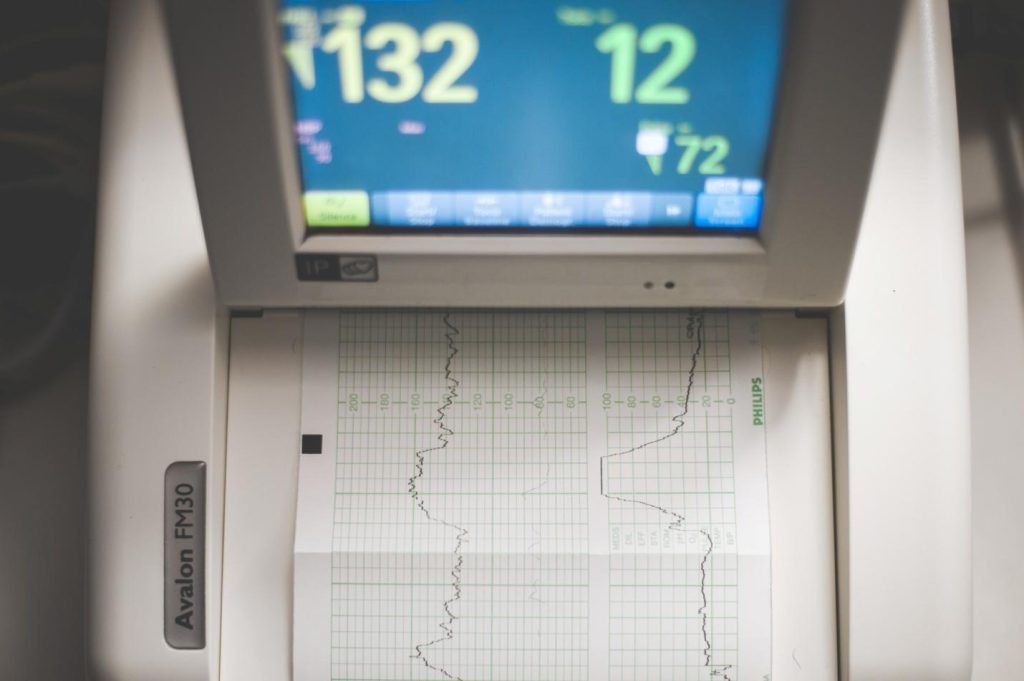By using ultrasound technology, clinicians are able to see the inside of blood arteries using intravascular ultrasound. It’s been a game-changer in the fight against heart disease, both in terms of diagnosis and treatment. Approach a Vascular Surgeon Elgin to get familiar with the process.
Read more: A Beginner’s Guide to Intravascular Ultrasound: Understanding the Procedure and BenefitsIntravascular Ultrasound
High-frequency sound waves are used in intravascular ultrasound, which then produces an image of the blood vessel’s interior in great detail. A catheter is used to guide an ultrasonic probe into a blood vessel, and images are taken as the probe is moved through the vessel in real time.
The probe sends out sound waves, which hit the vessel walls and are reflected back to the device. With the help of the echoes, a complete picture of the vessel’s interior may be constructed, including the wall thickness, the existence of plaque buildup, and any other irregularities.

The Value of Intravascular Ultrasound
Intravascular ultrasound has many applications in the field of cardiovascular disease diagnosis. Some of them are:
- Help in Diagnosis
The ability to observe any blockages or anomalies inside the blood artery is one of the main advantages. This allows doctors to make more accurate diagnosis and devise more effective treatment options.
- Helps Recognize Obstruction
Intravascular ultrasound can also aid guide interventional operations, including angioplasty or stenting. By delivering comprehensive images of the inside of the blood vessel, it can help doctors estimate the size and location of the obstruction, as well as the best technique for treating it. This can increase the success rates of these treatments and lower the risk of complications.
- Safe and Reliable
Intravascular ultrasound is considered to be a safe and well-tolerated surgery for most patients. Unlike other imaging procedures, it does not require the use of contrast dye, which can induce allergic reactions or renal damage in certain patients. It also employs lower doses of radiation than other imaging procedures, which decreases the danger of radiation exposure.
Diseases Treated with Intravascular Ultrasound

Intravascular ultrasound can be used to diagnose and treat a range of cardiovascular diseases. Some of the most common conditions treated with intravascular ultrasound include:
- Coronary Artery Disease
Intravascular ultrasound can help determine the location and severity of blockages in the coronary arteries, which can guide therapy decisions.
- Peripheral Artery Disease
In the case of peripheral artery disease, intravascular ultrasound can aid in the diagnosis and evaluation of arterial blockages in the limbs.
- Aortic Aneurysm
When deciding how to treat an aortic aneurysm, its size and location can be determined by intravascular ultrasound.
Getting Ready for an Intravascular Ultrasound
If your doctor has advised an intravascular ultrasound, you should approach RJIR. We are a vascular specialist rockford il and can help you in this regard.




No comment